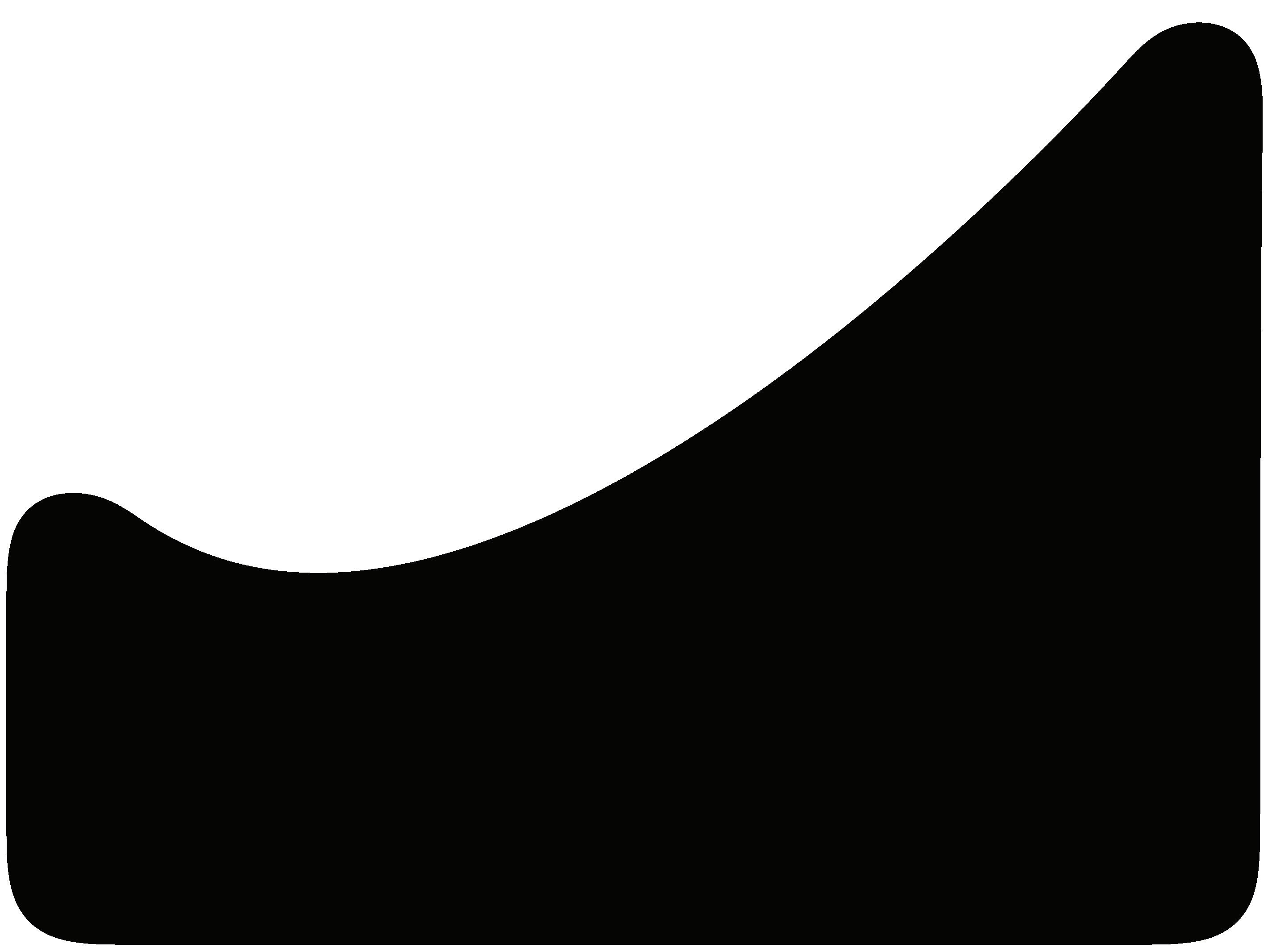






CHAPTER

CHAPTER
DESCRIPTIVE QUESTIONS
Q.1 Discuss the limitations which must be kept in mind while evaluating the Financial Statements. [Nov. 2018, 4 Marks]
Ans. Limitations of Financial Statements
1. Historical Cost i.e.
2. Perpetual Continuity & Periodical Account
3. Strengths & Weaknesses
4. Intangible assets
5. Window Dressing
6. Different Accounting Policies
SHORT NOTES
Q.1 Trading account
Ans. Trading account
Q.2 Profit and loss account
Ans. Profit and loss account:
Q.3 Balance sheet
Ans. Balance sheet:
Q.4 Manufacturing A/c
Ans. Manufacturing account:
Q.5 Trial balance
Ans. Trial balance:
14.5
DIFFERENCES
Q.1 Provision & Reserve
Ans. Provision and Reserve:-
Q.2 Capital reserve & Revenue reserve
Ans. Capital reserve and Revenue reserve: -
TRUE OR FALSE
Q.1 Profit and loss account shows the financial position of the concern.
Ans. False:
Q.2 Profit and loss account is a point statement whereas a balance sheet is a period statement.
Ans. False:
Q.3 The provision for discount on debtors is calculated before deducting the provision for doubtful debts from debtors
Ans. False:
Q.4 The gain from sale of capital assets need not be added to revenue to ascertain the net operating profit of a business.
Ans. True:
Q.5 Under the ‘liquidity approach’ assets which are most liquid are presented at the bottom of the balance sheet.
Ans. False:
Q.6 The proprietor of a shop feels that he has made a loss due to closing stock being zero.
Ans. False:
Q.7 Closing stock will never appear in the trial balance.
Ans. False:
Q.8 If Closing Stock appears in the Trial Balance: [Nov. 2018, 2 Marks; June 2024, 2 Marks]; [MTP Jan. 2025]
The closing inventory is then not entered in Trading Account. It is shown only in the balance sheet.
Ans. True:
Q.9 The provision for bad debts is debited to sundry debtors account. [Dec. 2021, 2 Marks]
Ans. False:
Q.10 Overhead is defined as the total cost of direct material, direct wages and direct expenses. [June 2023, 2 Marks]
Ans. False:
Q.11 The gain from sale of capital assets is added to revenue to ascertain the net profit of the business. [Dec. 2023, 2 Marks]
Ans. True:
Q.12 Outstanding salaries for the previous year shall be shown as liability in the current year balance sheet. [RTP Jan. 2025]
Ans. False:
Q.13 The results and position disclosed by final accounts are not exact. [RTP Jan. 2025]
Ans. True: -
PRACTICAL QUESTIONS
Q.1
14.8
Particulars (Dr.) Balance (Cr.) Balance
Provision for Bad Debts
Provision for Discount allowed
Provision for Discount received 1,000
Additional information
a. There was a further bad debt of ` 1,000.
b. During the year sales of ` 8,000 omitted to be recorded.
c. Make a Provision for bad debts @ 5% on debtors.
d. Make a Provision for discount @ 2%.
Show the extract of Profit & Loss Account & Balance Sheet for the above adjustments.
Solution:
Profit and Loss Account (Extract)
Q.2 Below is the trial balance of Shah as on December 31, 2015:
Additional information:
1. Rates have been prepaid to the extent of ` 175.
2. Bad debts ` 500 have to written off. A provision for doubtful debts @ 5% on debtors is necessary.
3. Building has to be depreciated at 2% and Furniture @ 10%.
4. The manager is entitled to a commission of 5% of net profits before charging such commission.
Solution:
Trading and Profit and Loss Account of Shah for the Year ended on December 31, 2015
Balance Sheet of Shah as on December 31, 2015
Q.3 On 1-1-2013 M/s A & Co. had a provision for bad debts of ` 10,880. The bad debts during the year 2013 amounted to ` 9,040. The debtors as at 31-12-2013 were ` 2,24,000. Provision for bad debts @ 5% is maintained by the business. Bad debts during 2014 and 2015 were ` 11,680 and ` 14,160 respectively. The sundry debtors as at 31-12-2014 and 31-12-2015 were ` 2,88,000 and ` 1,36,000 respectively. Prepare necessary Ledger Accounts in the books of M/s. A & Co. Also show how these would appear in the Profit and Loss Account and Balance Sheet for the years 2013 to 2015.
Solution:
Provision for bad debts A/c
Extract of P&L Account for the year ended on 31-12-2013 Dr. Cr.
Extract of P&L Account for the year ended on 31-12-2014
Extract of P&L Account for the year ended on 31-12-2015
Extract of Balance Sheet as at 31st December, 2013
Less:
Extract of Balance Sheet as at 31st December, 2014
Less:
Extract of Balance Sheet as at 31st December, 2015
Less:
Final Accounts of Proprietary Concern (Sole Trader)


